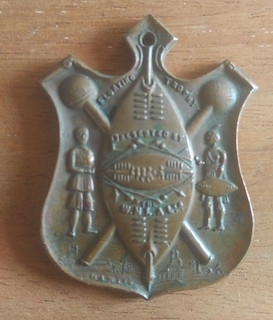An Extremely Fine Collecting Christmas and
a Happy Numismatic New Year
from Oxford Numismatic Society
The holly and the ivy,
When they are both full grown,
Of all the trees that are in the wood,
The holly bears the crown
.
KINGS OF THE PONTOS, Mithradates VI, Tetradrachm, Pergamum, 85/4, diademed head right, rev. stag
grazing left, star and crescent to left, monogram and Δ to right, all within
ivy-wreath. Mithradates VI (135–63 BC) was king of Pontus and Armenia Minor in northern Anatolia from about 120–63 BC. Mithridates is remembered
as one of the Roman Republic’s most formidable and successful
enemies, who engaged three of the prominent generals from the late Roman
Republic in the Mithridatic Wars: Lot 794 Date of
Auction: 13th March 2018 Sold for
£1,800
LORRAINE, Charles II, Gros, minted at Sierck, helmet
over shield, rev. sword
between holly leaves. Lot 1244 Date of
Auction: 21st March 2013 Sold for
£270
Charles II (11 September
1365 – 25 January 1431), called the Bold (French: le Hardi) was the Duke of Lorraine from 1390 to his death and Constable of
France from 1418 to 1425.
In heraldry, holly is used to symbolize
truth. Holly, especially the variety found in Europe, is commonly referenced at Christmastime, and is
often referred to by the name Christ's
thorn. Since medieval times the plant has carried a Christian
symbolism, as expressed in this popular
Christmas carol "The Holly and the Ivy", in which the holly
represents Jesus and the ivy represents His
mother, the Virgin Mary
.In Greek mythology ivy was sacred to Osiris and also
associated with Dionysus. In Roman mythology Ivy was connected to Bacchus, the god
of wine as it grew over his home land. Bacchus is often portrayed wearing an ivy crown, perhaps because this was
once thought to prevent intoxication. (It does not)























